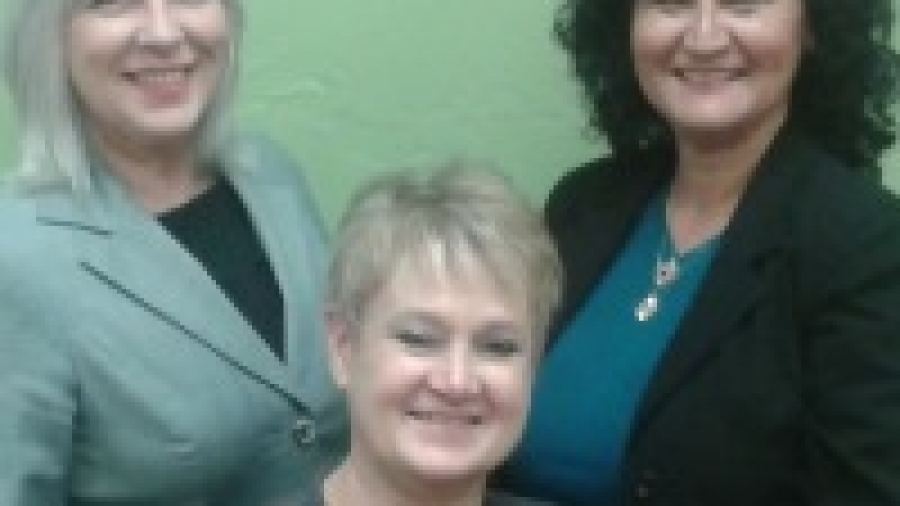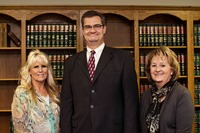
How do you know whether you are traveling down the wrong road and need to turn around, or are within inches of success and need to keep going?
The closest Krispy Kreme to my house and office is approximately 15 minutes away without traffic, and I wanted fresh, hot donuts before work. With rush-hour traffic heading into Atlanta, the travel time is no less than 30 minutes one way. I only live two miles from my office. Therefore, I was making a deliberate choice to spend at least an hour in traffic for a donut.
I knew the route, but I have no geographical sense. After I passed a Dunkin’ Donuts, which I did not want, and had not yet seen Krispy Kreme, I began to doubt myself. Had I gone too far? Did I miss it? Should I turn around? In a split second I did a very unsafe u-turn. While driving, I looked up the address of the Krispy Kreme on my iPhone and input it into my GPS, which prompted me to do another u-turn.
Upon reaching the point of my first u-turn, I could see that the Krispy Kreme was less than a block away – visible from where I actually turned around. I did not see it previously because I was so frantic about whether I had gone too far, and about “wasting” any more of my precious time. Whereas, in reality, doubting myself took me even longer to obtain my goal.
So, how do you know when to keep going or to turn around? Unless you have a crystal ball, you don’t. But, you can assess the situation to make a sound decision. Ask yourself these five questions:
- How badly do you want to achieve the goal? How important is the goal to you?
— If it is your life dream, you may want to keep going regardless of all factors. But if it is just another “interest,” then you may want to cut your losses and focus on more productive interests. In this case, I REALLY wanted a donut!
- How much time and effort have you already invested, and how much more are you willing to invest, even if all efforts have ended in failure?
— Have you spent only a few months pursuing this goal, or has it been years? From the outset, how much time did you envision it would take to achieve the goal? Have you given it enough time? I knew that it would take 30-45 minutes to get to Krispy Kreme. I was willing to spend up to an hour and a half to get the donut.
- What are the negative consequences of going forward with the current plan?
— Will you be investing more time and money into achieving the goal? Is it affecting other people around you? Is it preventing you from reaching other goals you have? When I set off to get my donut, I knew I had no appointments that morning and could take until lunchtime. Now, obviously I did not want it to take all morning, but even if it did it would have no direct negative impact.
- Are you making short-term decisions based on immediate pain reactions or long-term decisions based on research, data and experience?
— Be mindful as to why and how you are making your decision to keep going or to turn around. If you are making the decision because of the immediate pain you are in and are disregarding the huge reward at the end to eliminate the current pain, you may want to step back and see if there is any other way (short of turning around) to minimize the pain (i.e. if you are short on money, how can you generate it otherwise or cut expenses). As they say, “No pain, no gain.” Remember, short-term pain is worth pushing through. Chronic pain calls for treatment (changing the plans).
- If you turn around, will you always regret that you didn’t go forward?
— You live with your success, your failures and your decisions. How will this decision affect you? Will it roll off your back because tomorrow is another day, another plan, another opportunity, or will it sit inside you, eating at you and tainting everything else you do? In my decision to turn around the first time, I was still in pursuit of my donut dream. I was not going to give up until I had it. I would have driven that road, making unsafe u-turn after u-turn, until I had it in my watering mouth.
However, I recently made a decision for one of my businesses where I said to myself, “I will invest a certain amount of money for the next two months. If this does not return the results I want, I will not invest any more money or time into it.” Well, those months were September and October of this year and as of October 31, I will be satisfied with my decision to walk away and follow a different road to success. (To be clear, the business is not my law firm or Lawyers With Purpose).
Where are you on your road? Are you just enjoying the scenery without knowing or caring where you end up? Do you need to turn around or keep going to achieve the success you seek?
As for me, now that I have had my donut I will be pursuing other goals.
Victoria L. Collier is a Veteran and Certified Elder Law Attorney, Fellow of the National Academy of Elder Law Attorneys, Co-Founder of Lawyers With Purpose LLC, and author of “47 Secret Veterans’ Benefits for Seniors—Benefits You Have Earned … but Don’t Know About.”













